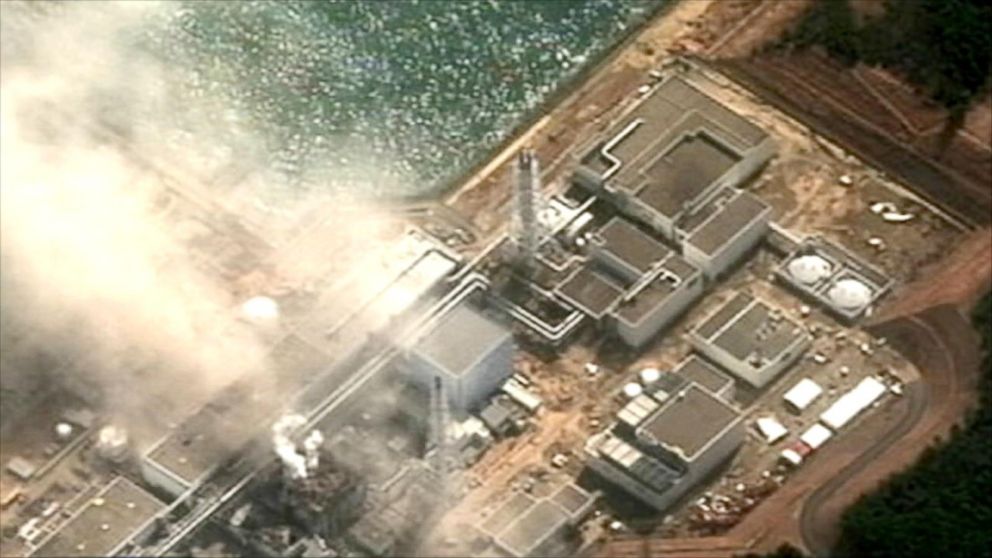

It took longer than a decade to clean up the reactor core meltdown at Three Mile Island (Fig. The large amount of hydrogen gas produced by the overheated reactor core en route to meltdown can explode, challenging or even breaching the containment structure, the final barrier. The molten core debris can breach the reactor vessel, as almost happened at Three Mile Island, eliminating another barrier. Consequently, a vast amount of radioactive material gets released into the reactor vessel. This phenomenon is termed the “gap release” as radioactive gases filling the gaps get discharged from the damaged fuel.Ī reactor core meltdown destroys two of the barriers between radioactive material and the environment: the fuel pellets and the fuel rods. The fuel pellets are stacked inside the fuel rods like peas in a pod-openings in the fuel rods release radioactive gases that collected in the spaces between fuel pellet and the fuel rods. Stresses caused by the expansion can cause the fuel rods to balloon and stretch, causing the fuel rods to break open (Fig. The rising temperature causes the fuel pellets and the metal rods to expand. The reaction also produces large amounts of hydrogen gas.
INSIDE NUCLEAR REACTOR MELTDOWN FULL
As the fuel rods heat up to 1,500 to 1,800☏ (compared to less than 700☏ when the reactor is operating at full power), a chemical reaction between the metal rods and the steam adds more heat to hasten the progress towards meltdown. The heat that cannot be carried away by the steam warms the exposed region of the reactor core-the fuel pellets along with the metal rods containing them. The steam has the ability to absorb some heat-doing so removes the decay heat emitted from the exposed reactor core region.Īs the water level continues dropping, the amount of decay heat emitted from the exposed reactor core region exceeds the amount of heat that can be absorbed by the steam. Initially, the exposed top portion of the reactor core continues to be adequately cooled by the steam flowing upward past it. If these systems fail, the water level inside the reactor vessel will drop until the top of the reactor core is uncovered. Emergency systems are installed to provide many diverse ways of getting makeup water into the reactor vessel. Water is continually needed to cool the reactor core long after it is shut down.Īdequate cooling of a reactor core can be jeopardized when water drains or boils away from the reactor vessel, preventing sufficient cooling water flow though the reactor core to remove its heat. Decay heat continues to be generated after the reactor shuts down. Thermal energy, called decay heat, is produced by these radioactive emissions. Unstable fission byproducts seek stability by emitting radiation in the form of neutrons, alpha particles, beta particles, and gamma rays. Many of the smaller atoms created by fissioning atoms are unstable. The reactor core continues to generate heat after it is shut down. The warmed water in PWRs or steam in BWRs leaves the reactor vessel.Ī reactor produces heat from the fissioning, or splitting, of uranium and plutonium atoms when it is running. The water gets warmed by the heat produced by the reactor core. Feedwater systems supply water to the reactor vessels. The reactor cores in both PWRs and BWRs reside in the lower half of a pill-shaped reactor vessel made from steel (Figs. While there are many differences between these two designs, those differences have very little distinction when it comes to how reactor cores melt down. fleet over the past quarter century-pressurized water reactors (PWRs) and boiling water reactors (BWRs). Two types of nuclear power reactors have comprised the U.S. Next week’s post will describe a lesser known way to damage a reactor core. Meltdowns are the best known way for reactor cores to become damaged.


 0 kommentar(er)
0 kommentar(er)
